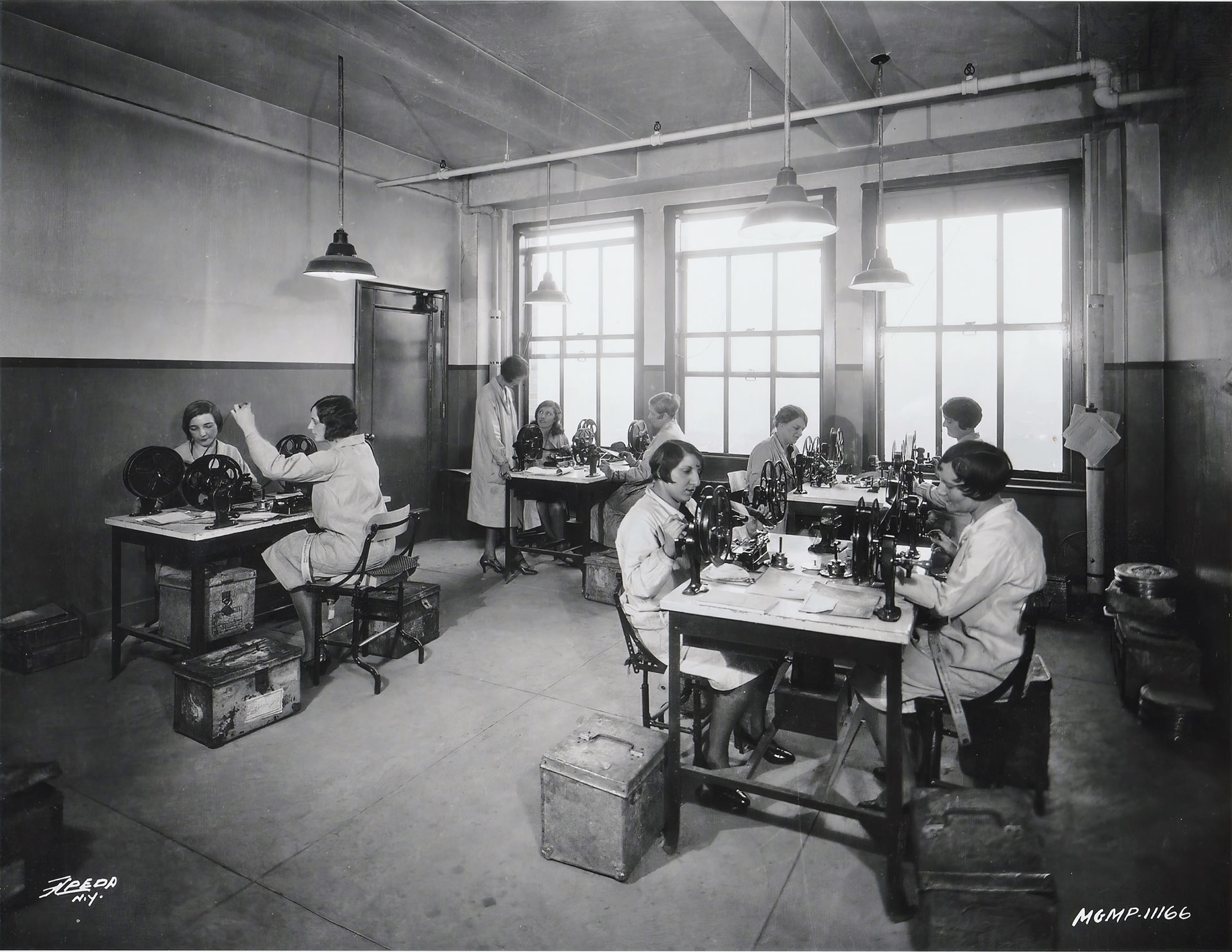
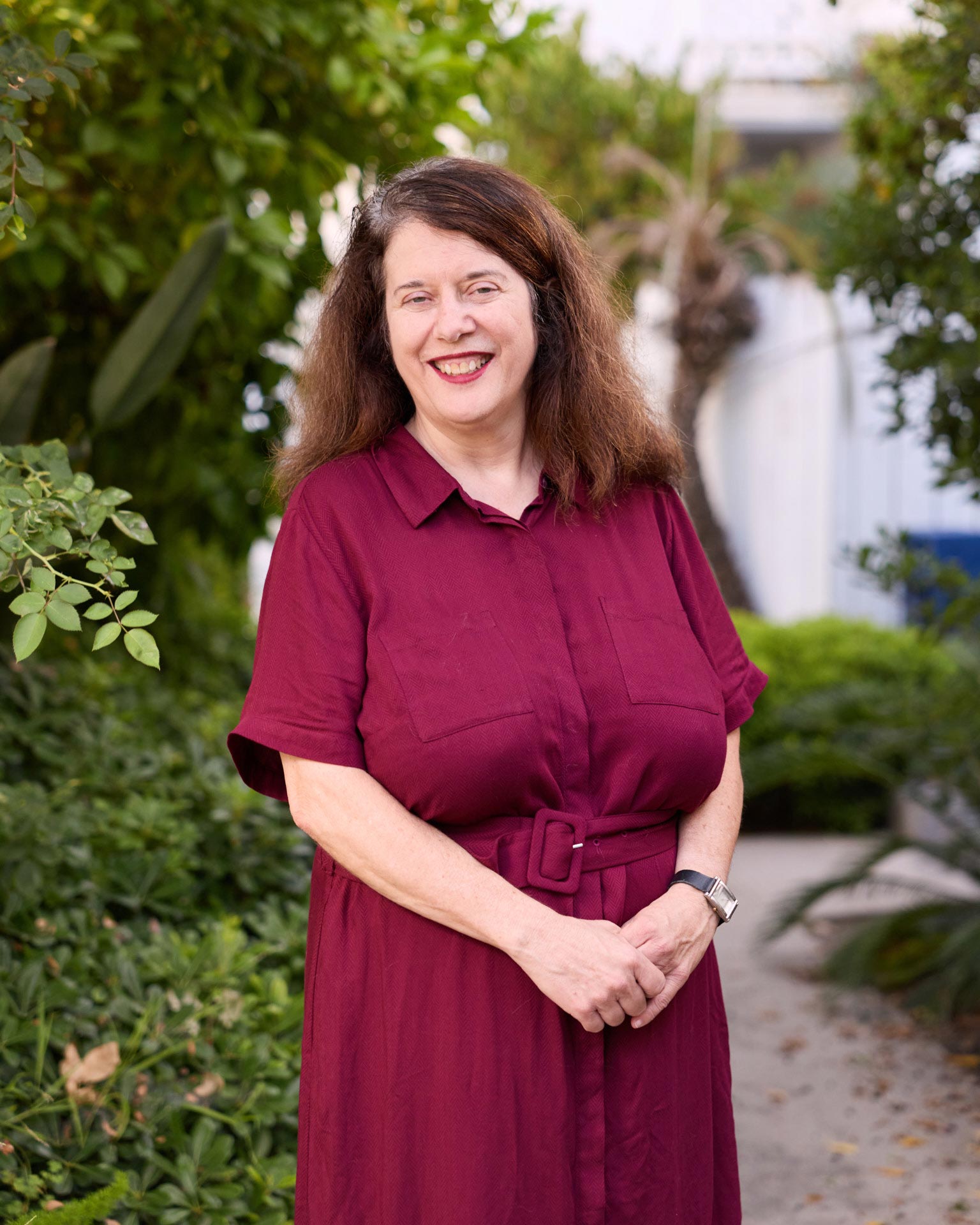
A 25-year resident of Studio City, Mary Mallory is not only an expert on investigating even the most obscure corners of our area’s past, but a respected author documenting for audiences near and far how the people, places and events from L.A. and film history reflected the cultural attitudes of their time and continue to shape our society today. As a frequent contributor to Toluca Lake Magazine since 2018, she’s delved into the stories of our nearby movie studios, bygone clubs and restaurants, the aviation industry, how transportation shaped the Valley, street name origins, former inhabitants like Richard Arlen and Gene Autry, and more. “Writing about the Mary Astor house on Valley Spring Lane was particular fun because the owner invited me to tour it later,” she notes.
Mallory recently published her fifth book, First Women of Hollywood: Female Pioneers in the Early Motion Picture Business, which profiles the unsung figures who helped create the film industry — not only actors, directors and producers, but also production staff, designers, hair and makeup artists, animators, publicists and executives, including many immigrants and women of color. “Forgotten and ambitious women inspire my work, many who contributed so much to a variety of fields at a time when men often resented their presence and wrote them out of history later,” Mallory says.
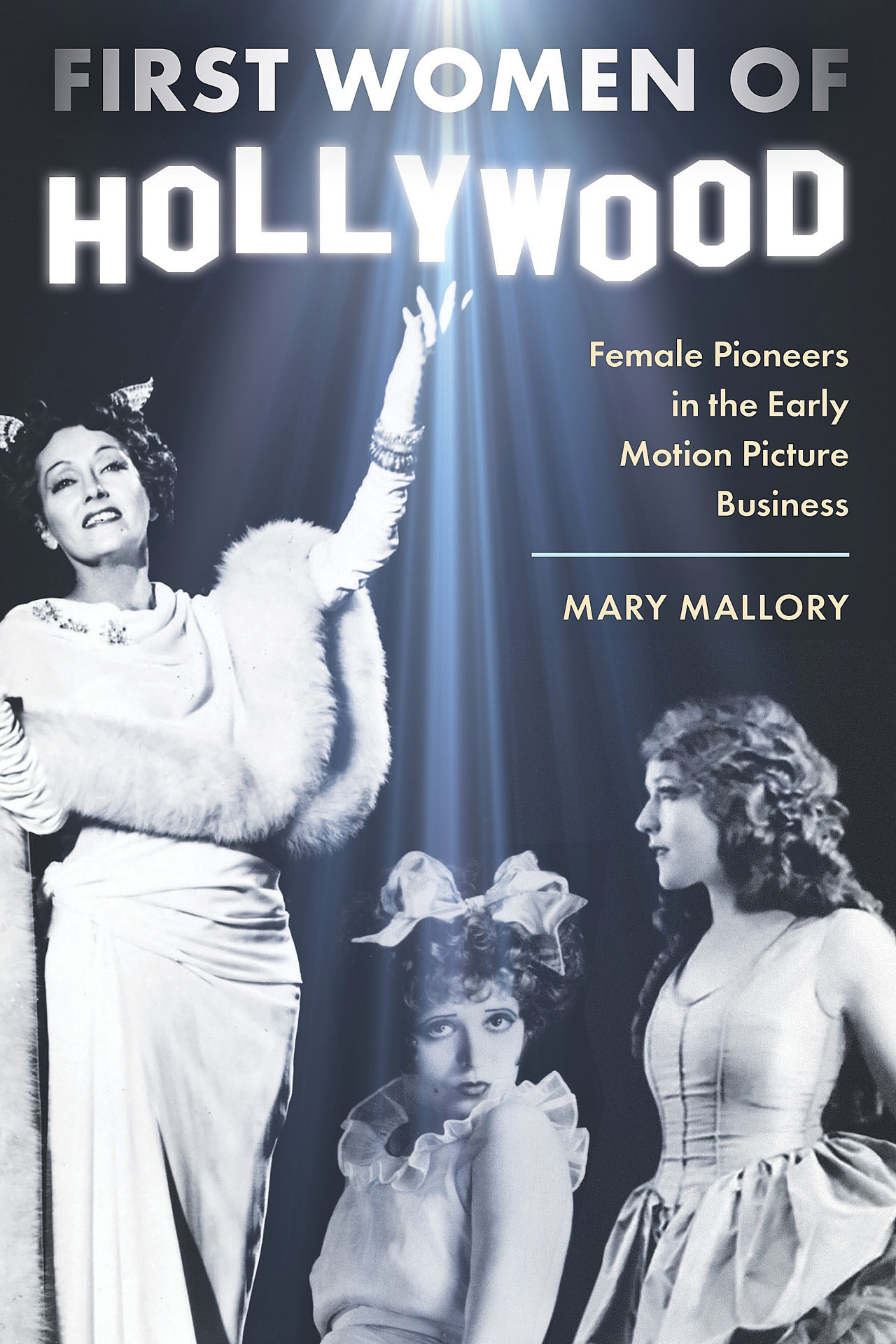
To find out more about Mallory and how she manages to shed light on lost subjects to write them back into the historical record — particularly within the often-shadowy territory of local history — we asked her to share a peek into her research process, her new book and her favorite neighborhood spots.
Can you tell us a bit about your background and how you became a historian?
I have a master’s in film history from the University of Texas at Austin, with a minor in archives. I have always loved history, perhaps because my mother was a historic county chairperson in Texas, trying to keep history alive and bring out forgotten moments that influenced the area. I have worked as a volunteer in multiple historic organizations and archives, inventorying, cataloging and even identifying materials. I now serve on the Board of Hollywood Heritage, a nonprofit historic organization. I have loved classic films and even silent films since I was young, introduced to them on television by my dad. I understood how much their images spoke to the culture and attitudes of the time, as well as issues we are still dealing with, and how they preserve history of so many things no longer with us today.
How do you find ideas to research?
I find topics to write about in all kinds of places. Sometimes I read something in a vintage magazine or book that I want to know about, see a lovely vintage building and want to know its history, or consider a new angle on a historic subject or person. For vintage buildings in L.A., I start by looking at the city’s digitized building permits to gain some additional information, look at city directories for the address to see who lived or maybe worked there, investigate newspaper and magazine digital databases for vintage articles, check out archives to see if any records survive on them or their builders/designers, and look for books on them or history that pertains to them. For a person, I look through newspaper and magazine databases, look for material in archives, search out books and articles, and see if anyone is alive who knew them to talk to.
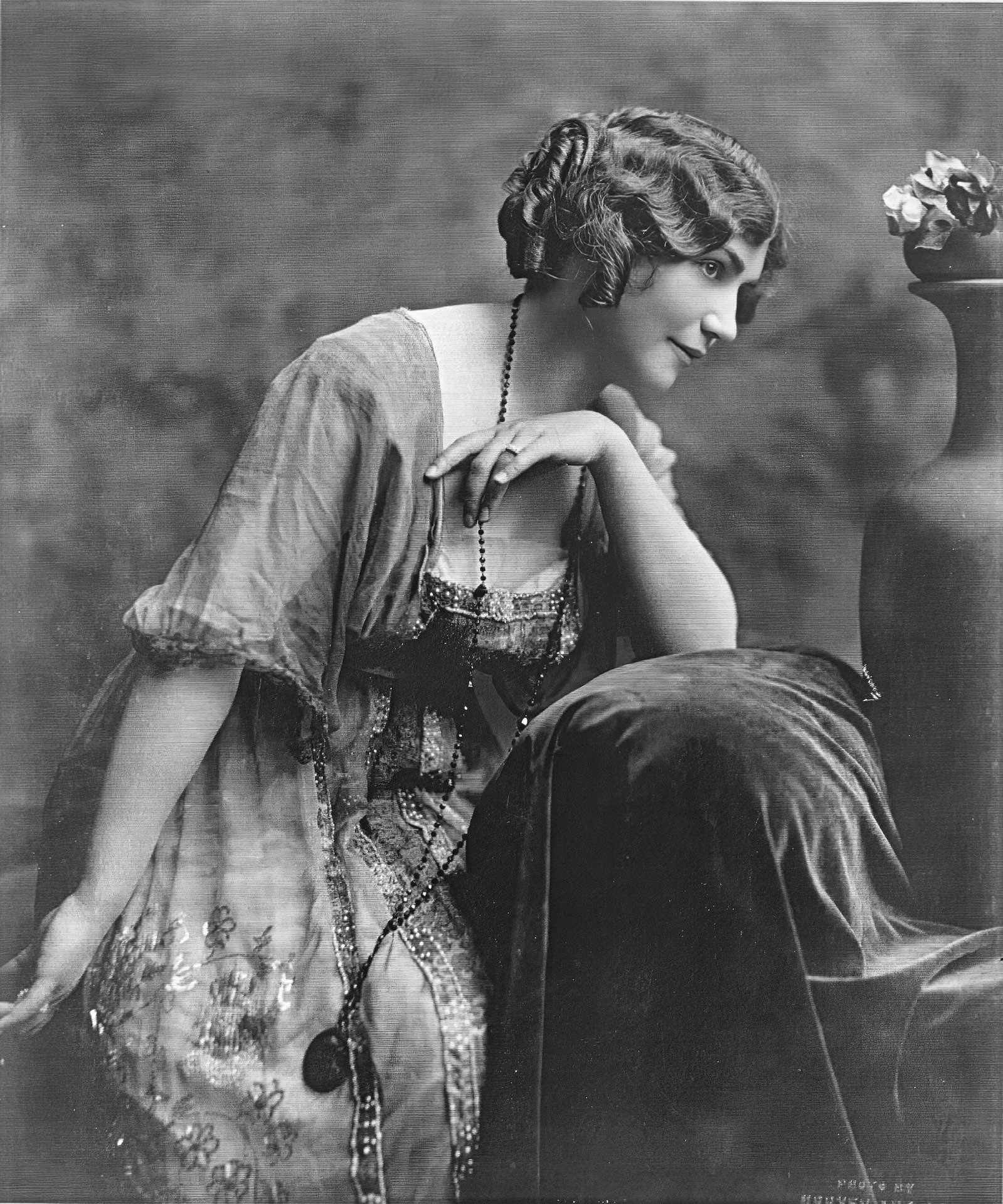
I am attracted to stories about strong and forgotten women, historic issues and situations that parallel those happening today or still impact us today, and those that show how an ordinary person can affect history in some way. Digging to find the unknown facts of a story or person really makes me want to write about it, along with finding people who accomplished great things with obstacles or conflicts in their way.
What are the particular challenges and rewards of writing about local history?
The rewards are things like getting facts and the story right, giving the proper credit to people often forgotten or overlooked, making a lost or forgotten story known, and putting a story or situation in context that can speak to us now. It’s gratifying to hear from family members or like-minded historians who praise the work or can provide additional details. The challenges can be overcoming myths and folktales about a person or situation that have existed for decades and are wrong, but which some persons don’t want to let go of; dramatic and over-the-top seems more exciting than the often mundane and drudgery of real history.
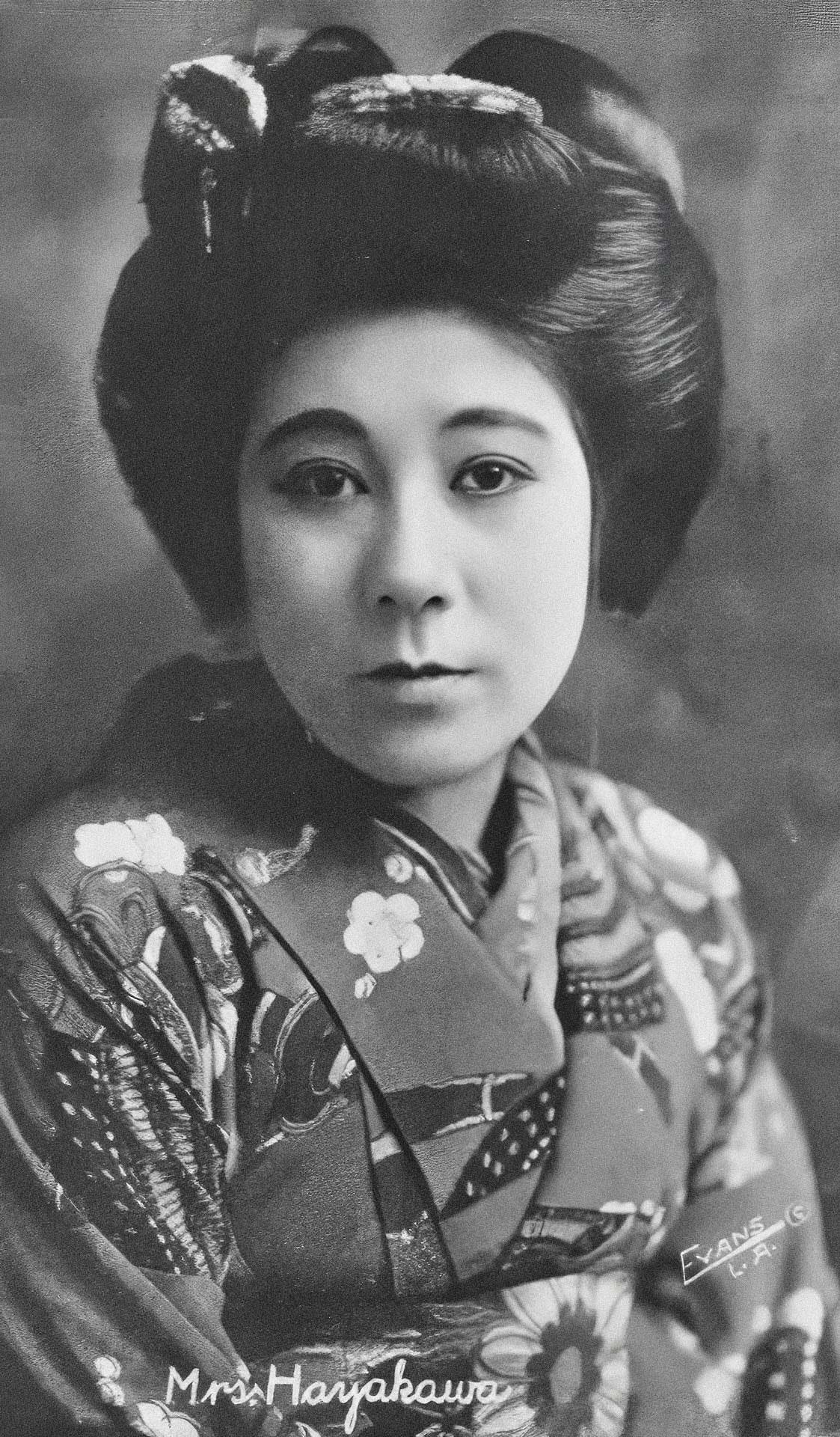
What inspired your new book?
The impetus for writing First Women of Hollywood came from discovering women forgotten by Hollywood, particularly in fields considered more masculine — women like Nellie Bly Baker, who served as an L.A. theater projectionist while men went off to World War I, or Hattie Tabourne, an African American hairdresser who became the principal hairdresser for Cecil B. DeMille pictures from 1919 to 1924. These women deserved to be known and remembered for their accomplishments.
What was the research process like?
The research process ended up being a little difficult, since these pioneers were mostly unknown. Most film archives in the L.A. area had nothing on them, and the vast majority left no papers. It meant examining trade magazines and newspaper databases, or even early subjects on various film professions, to see if they were mentioned. I even found some distant family members looking for images, but most knew nothing of their loved one’s background or possessed work or personal photos of them. I luckily discovered that Cal State Fullerton had some papers of Viola Mallory Lawrence, the first female editor, who worked with directors like Howard Hawks, John Ford, Orson Welles and Nicholas Ray. They mostly focused on her sound career, virtually nothing of her silent career, but her words gave insight on her work and dealing with major personalities. She might even be a relative, since her maiden name was Mallory.
What aspect of the book are you proudest of?
I am proud to give these women acknowledgment for their important contributions and to give them a voice to people today, to hopefully inspire young women to pursue their dreams as these women did. Many attendees at events have been shocked to discover women in positions of power in the film industry in the 1910s, as well as women of color making important contributions, particularly in trying to bring respect and dignity to their race and culture.
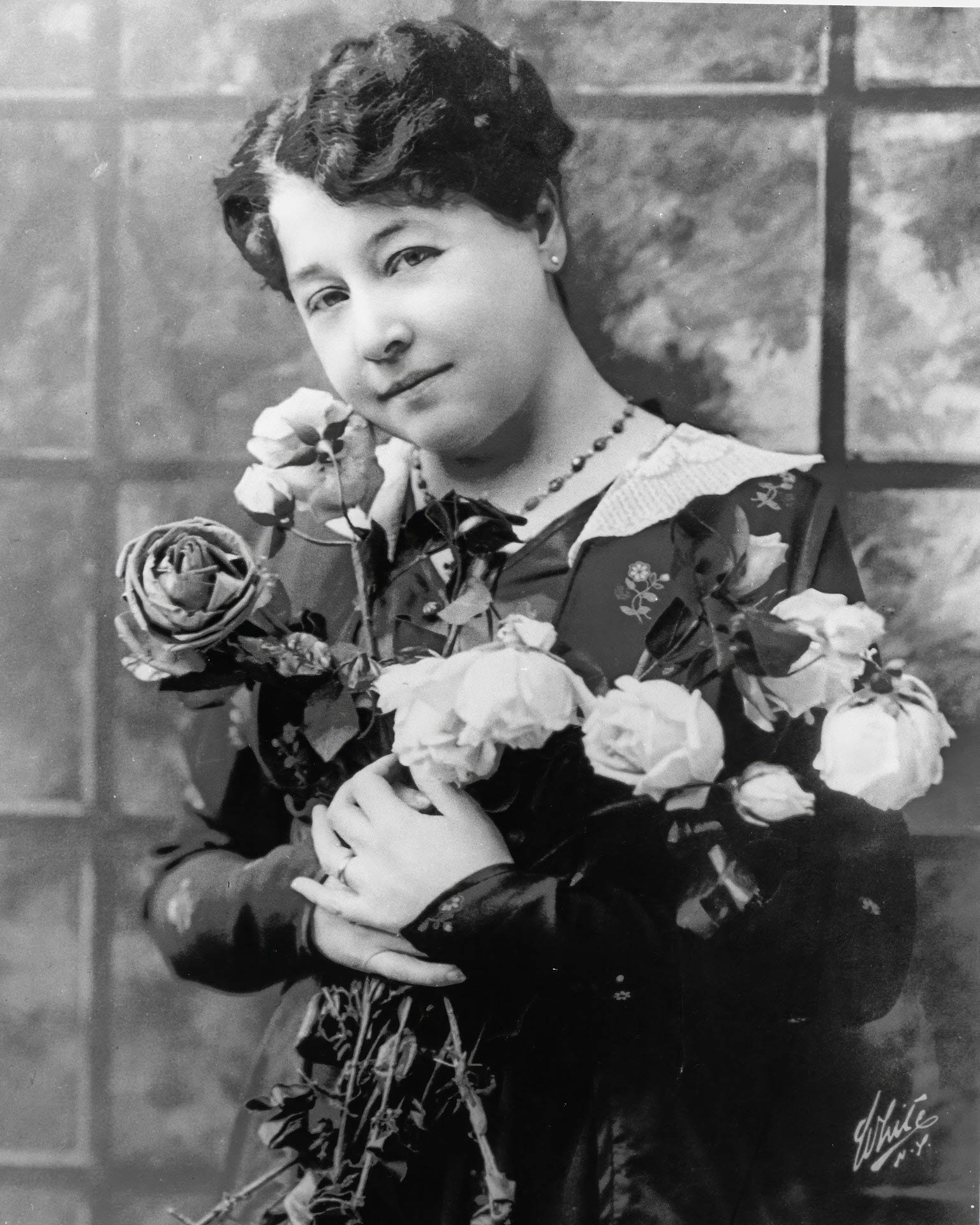
What are some of your favorite things about living in Studio City?
I love it for its connection to film history, its influence on farming as well as entertainment, and the small-town feel of many neighborhoods. I like to eat at places like Aroma, Don Cuco, the Smoke House and Bob’s Big Boy. I love to hike in Fryman Canyon, walk around the Hollywood Reservoir or Toluca Lake (though you can’t see it) and go to the Hollywood Bowl. Museums I’d suggest people visit include Campo de Cahuenga for vintage history in our backyard and the Hollywood Heritage Museum, bringing together several threads of history. For those looking for unusual things, the downtown Burbank Post Office has beautiful film-related murals painted by the Works Progress Administration during the Great Depression, and Book Star on Ventura Boulevard was originally Studio City’s only movie theater.
What historical stories are fascinating you right now?
I’m working on an article right now for a different magazine about a Universal production designer who worked on the censored David Siqueiros mural down at Olvera Street, who 20 years later saw a film director self-deport and three others on a film blacklisted during the Red Scare. I’m still researching women filmmakers during the silent period — I keep finding more long forgotten who contributed so much to early film history.
Is there anything else you want to share with our readers?
As our neighborhoods and cities see continual development and change, I hope people continue to explore and hopefully preserve more of the past. Homes and businesses could combine utilitarian functions with gorgeous detail, and can be adapted into other uses without being torn down, thereby preserving history and combining new stories with old. It’s what made us who we are, and connects the past, present and future.
